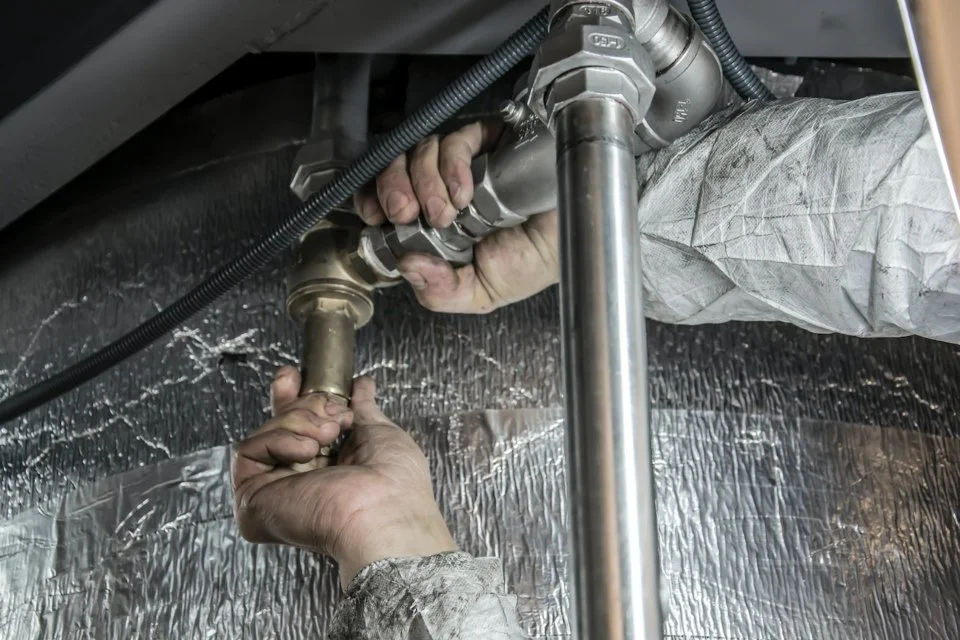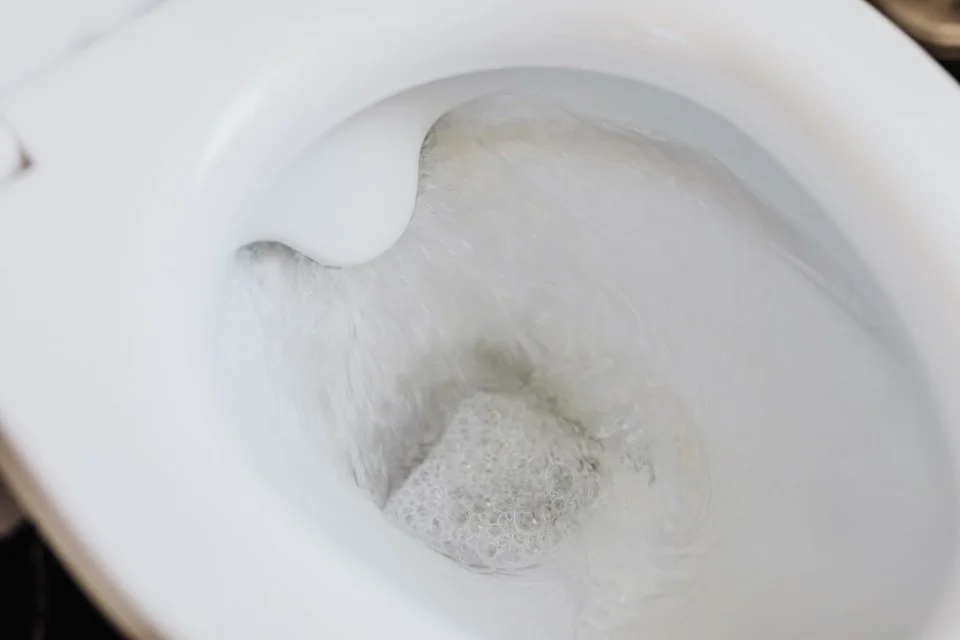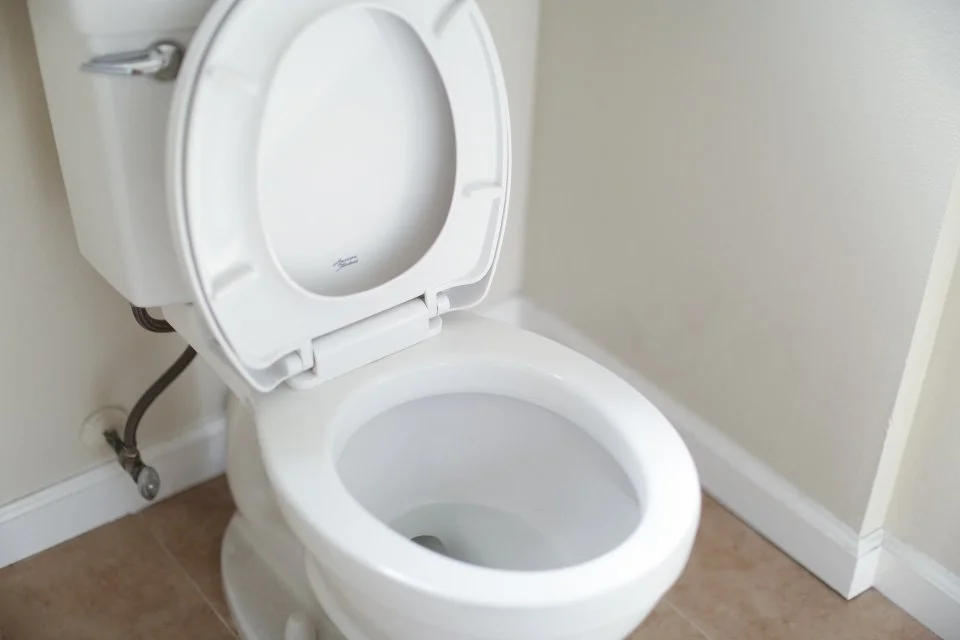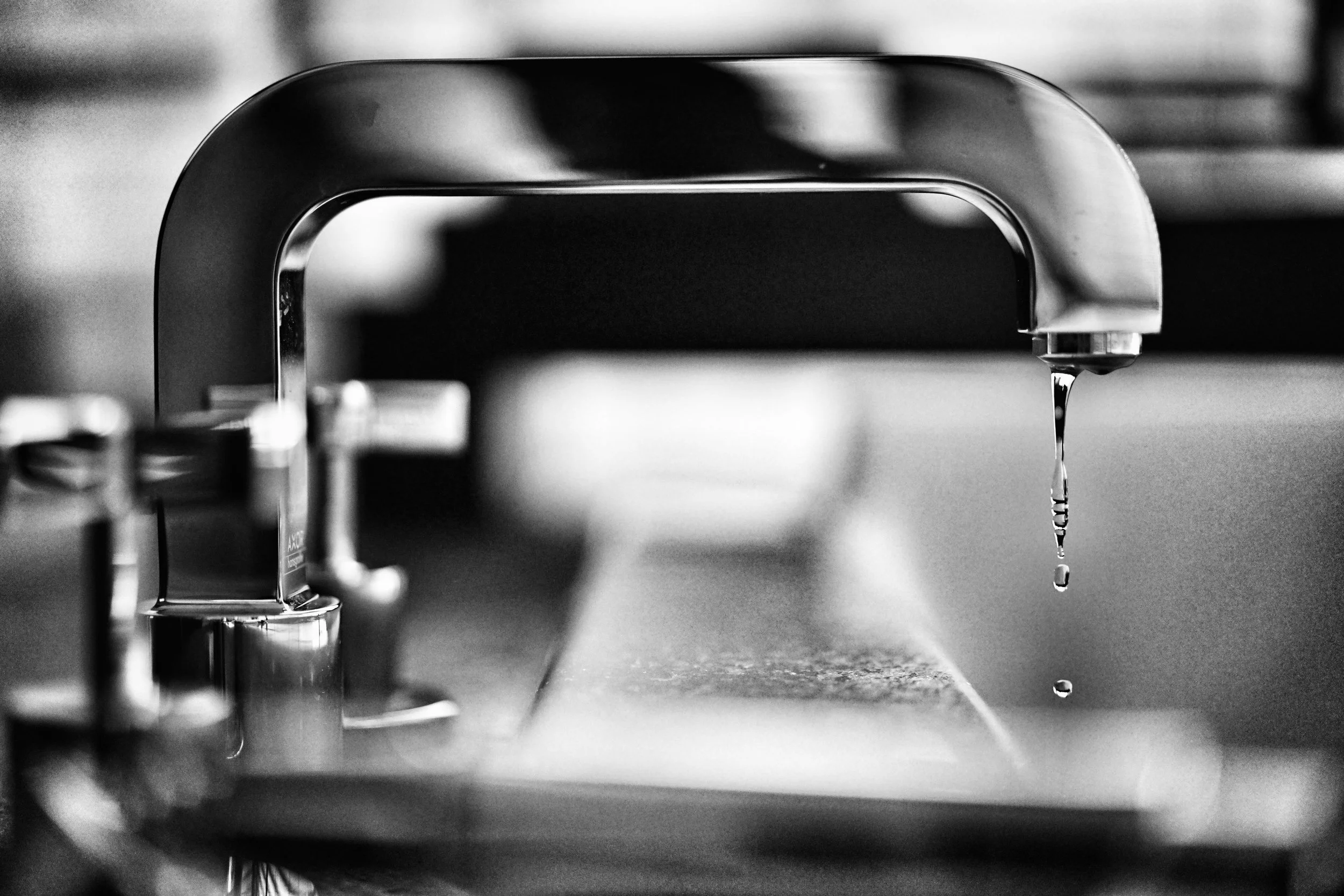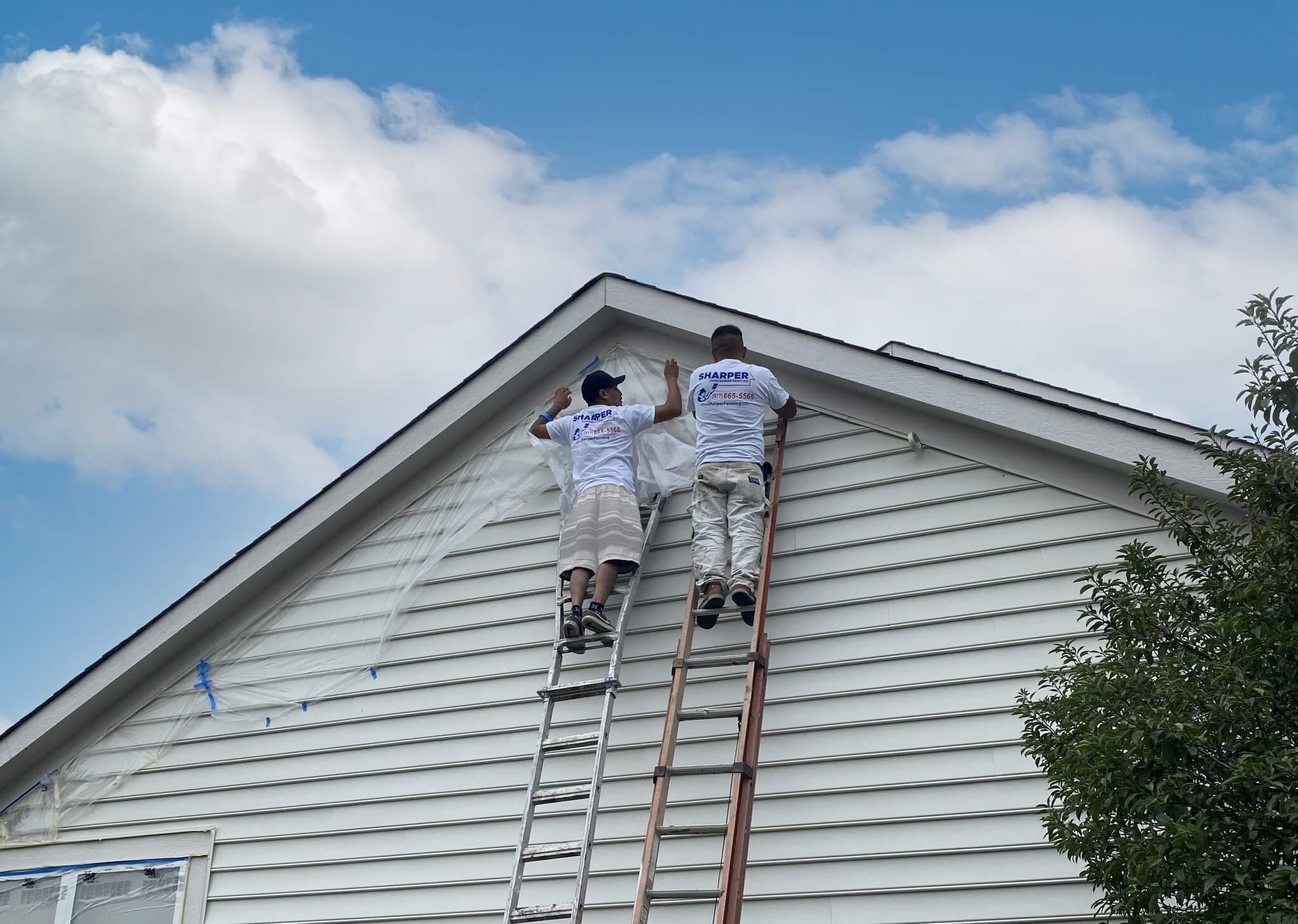7 Signs It's Time to Replace Your Toilet
RH Business Marketing Solutions
As most of us, we assume that you regard your home as a piece of heaven. That is probably the only place you can have your way with about anything. So, it is only natural that you will be eager to keep it in as perfect a condition as possible. How perfect depends on you and your likes. However, some things we all like having immaculate, and keeping your bathroom in order is one of them. After all, in the case that something should go wrong in your bathroom, dealing with it is going to be very stressful. With that being said, we would like to focus on the bathroom's throne today and share with you seven signs it's time to replace your toilet.
Why even check for signs it's time to replace your toilet?
If you thought there were no reasons to check your toilet for signs that it was time to replace it, you would be taking an approach that many people do. This is the way most of us operate. Why even check for problems when you can not see them firsthand? However, you should be aware that not checking for issues can put you in a position where you could wake up one morning or, God forbid, one night to find out that you have a significant issue in your bathroom to deal with. Obviously, in a situation where you need to act quickly to repair something in your bathroom, you would hardly be able to fix the home problem by yourself. Getting a professional to help you is going to be imminent.
On the other hand, if you are being proactive and looking for potential issues before they become problems, an entirely different situation is what you are going to experience. You will have all the time in the world to deal with the issue. Also, you can choose whether to deal with it by yourself or have someone come over and deal with it. Lastly, the repair costs will probably be lower for several reasons. You should inspect your home, bathroom included, for potential issues and deal with them in advance rather than wait for them to become real problems. It's just like servicing your car - you do it so it runs all year smoothly.
Piping can play a role in clogging too
The signs it's time to replace your toilet
Now that we have pointed out why you should look for the reasons to replace your toilet let's take a look at the most important signs it is time to do so. They are the following:
If your toilet keeps on getting clogged, changing it might be the solution to your problems
Any kind of crack is a sign that a change is due
Too old? Get a new one!
Dealing with small issues all too often?
Wobbling is a sign to replace it
New toilets flush better
That buildup material deposit isn't going anywhere
Also, bear in mind that it is going to feel good caring for your new bathroom after you make even the smallest of changes. It's the details that make one large picture look good or not.
Frequent clogging is a sign the toilet is due to be replaced
One of the most evident signs that a toiled is due for a change is when it gets clogged all too often. This is something that should not be happening. A normal, properly-working toilet is not going to clog. It is going to run with no issues all the time. So, one clog should be a sign to pay attention to. If clogs become frequent, then you should look into changing them.
Now, it is also important to point out that the piping itself can have an influence on the performance of any toilet. In the case that your pipes are old with built-up debris in them, they could be the source of your problem. So, changing them is one of the things to consider when renovating a bathroom. Purely replacing a toilet, in this case, simply is not going to cut it.
If your toilet keeps getting clogged, consider changing it
Any kind of crack is a sign that the toilet must go
This one is pretty straightforward. If your toilet has cracks, then you need to get a new one. One small crack today could turn into a big mess tomorrow. In case you should decide to change the toilet yourself, you should make sure to avoid hurting yourself in the process by finding out how to handle heavy lifting without suffering an injury. While toilets usually are not the heaviest items in a home, they can be tricky to carry around. Even their installment can represent a challenge to many of us. So, following proper safety guidelines is always in order.
An old toilet is an old toilet, and you should get a new one
This is very simple if a toilet is old and giving you trouble, you should get a new one. This is true even in the case when you are trying to make your home as sustainable as it can be. There are many common water problems and lack thereof all over the world. So, making your home as green as it can be definitely is a thing to consider. If this is what you want to do, then your old toilet needs to go. Modern ones use less water to flush.
Have you been dealing with small issues too often?
Toilets are usually not amenities in your home that should require repairs. So, if you find yourself dealing with small nagging issues, then you might consider replacing your toilet. As professionals in the moving industry, Peasley Transfer & Storage would advise replacing your toilet right before moving into your new home. Too many people settle for what has already been installed, not understanding that proactive replacing some amenities right before moving in is going to be beneficial not only for their wallets but for their peace of mind as well. Therefore, you should be smart about this.
If you move homes, install a new toilet
Wobbling is one of the clear signs it's time to replace your toilet
One of the clear signs that you should replace your toilet is wobbling. If your toilet starts to wobble, inspect it. It is sometimes possible to repair it. Still, it can be easier and more beneficial in the long run to simply get a new one. After all, you put all of your weight onto the toilet. Wobble should not take place there.
New toilets flush better
We have already pointed out that new toilets are greener and waste less water than the old ones. Still, it is important to point out that even with less consumption of water, they still flush better. Technology had to come a long way to reach the latest solutions we can use daily. So, better flushing should not come as a surprise. The only question is whether you are going to invest in it.
That buildup deposit is not going anywhere
All plumbing products have their expiry date. Not a literal one, of course. However, all of them are going to become too clogged at some point, they are going to crack, or they will start to wobble. One of the things that can happen to any toilet is that debris buildup from years of service clogs its inlet holes. This can affect performance in multiple ways. Up to some point, you are going to be able to unclog those small holes for water. However, once they become clogged the first time, the next time unclogging is due is going pretty soon. And there is nothing you can do about it. If the water in your area is hard, you can bet that this is going to happen sooner rather than later.
If your toilet tank keeps on breaking down, you might think about changing it all
Therefore, if you have an old toilet that has been giving you trouble, replacing it is probably the best solution to your problems.
Can you spot the signs it's time to replace your toilet in your home?
As you have seen, there are multiple signs it's time to replace your toilet. Ranging from structural changes to clogged inlets to wobbling to simply wanting to go greener. There are many reasons out there to start wanting a new toilet in your home. So, when you spot the signs, waste no time. Call your reliable plumbers to help you choose the right toilet for your home and to have the old one replaced. With professionals by your side, this little change will give you no headache. Instead, it will be a quick fix to nagging issues you have been faced with or that are potentially waiting to happen in the future.
Guest Contributor: Sophia Perry


